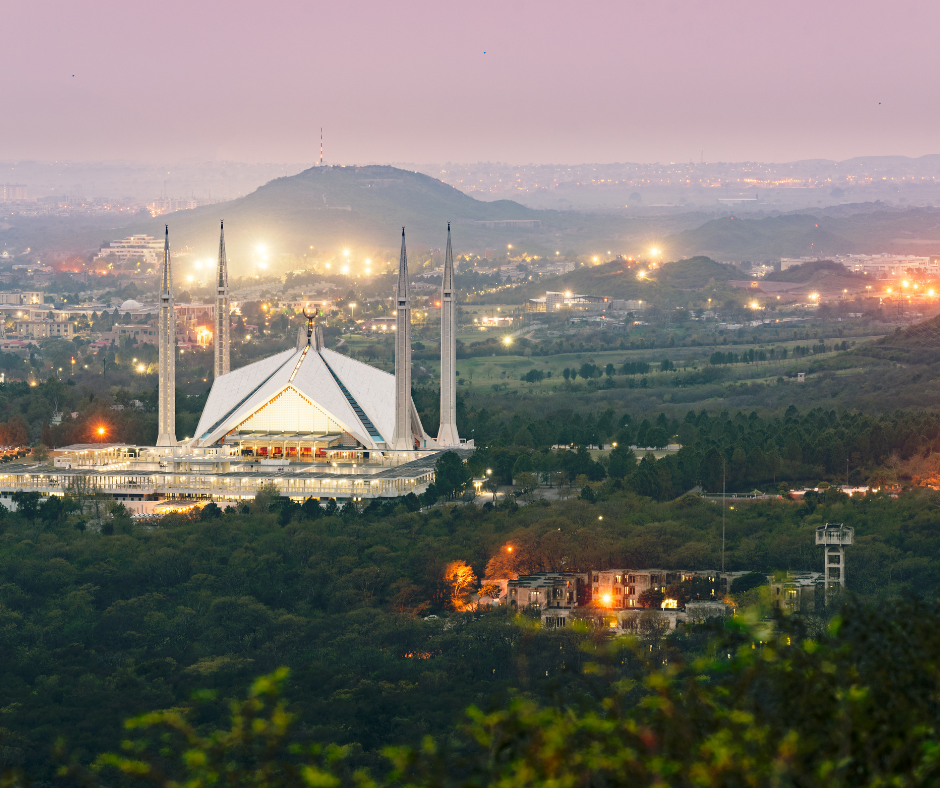Islamabad, Pakistan’s capital city, is a blend of serenity, modernity, and natural beauty. It is unique compared to the bustling cities of Lahore and Karachi due to its planned structure, peaceful ambiance, and lush greenery. Nestled at the base of the Margalla Hills, Islamabad is a city that appeals to nature lovers, history buffs, and food enthusiasts alike. From iconic landmarks to hidden gems, Islamabad promises a captivating experience for every traveler.
Top Attractions in Islamabad
Islamabad is a city of contrasts, offering modern architectural wonders alongside natural and historical treasures. Here are the highlights:
1. Faisal Mosque: A Symbol of Islamic Architecture
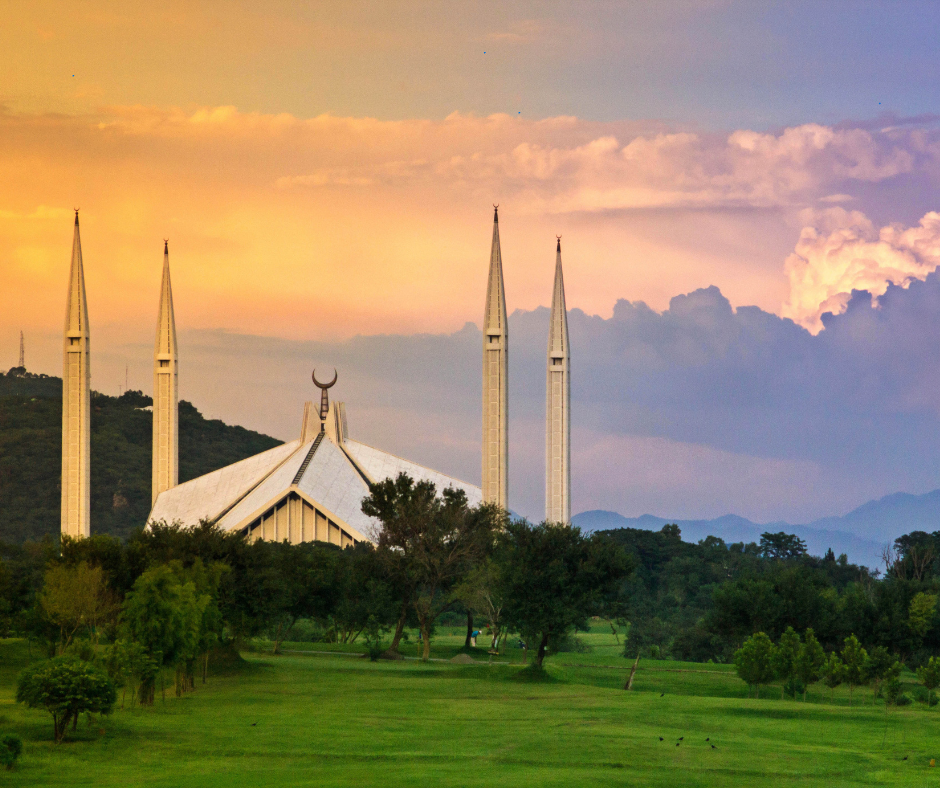
The Faisal Mosque is not only the largest mosque in Pakistan but also an architectural icon. Its unique design, inspired by a Bedouin tent, was the brainchild of Turkish architect Vedat Dalokay. Located against the stunning backdrop of the Margalla Hills, it offers a peaceful environment for worship and contemplation. Visitors are drawn to its vast courtyard and intricate Islamic calligraphy.
2. Pakistan Monument: Honoring National Unity
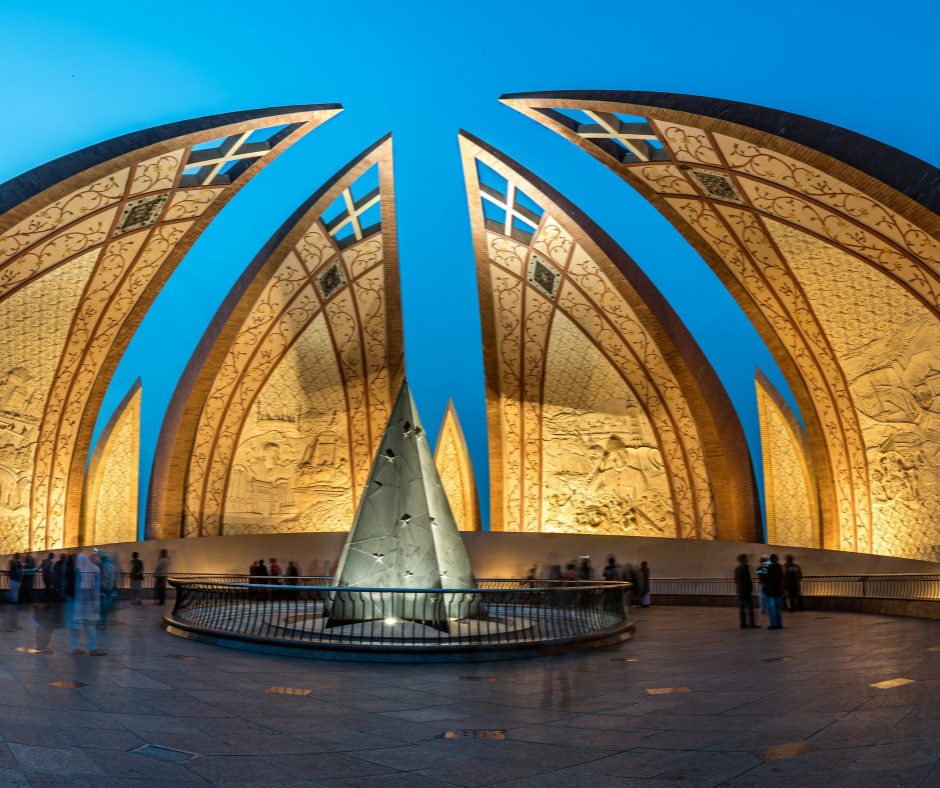
The Pakistan Monument is a breathtaking representation of the country’s unity. Its petal-shaped structure symbolizes the four provinces and three territories of Pakistan. At night, the illuminated monument offers a spectacular sight. The adjacent museum provides a deep dive into Pakistan’s history and culture.
3. Daman-e-Koh: A Panoramic Viewpoint
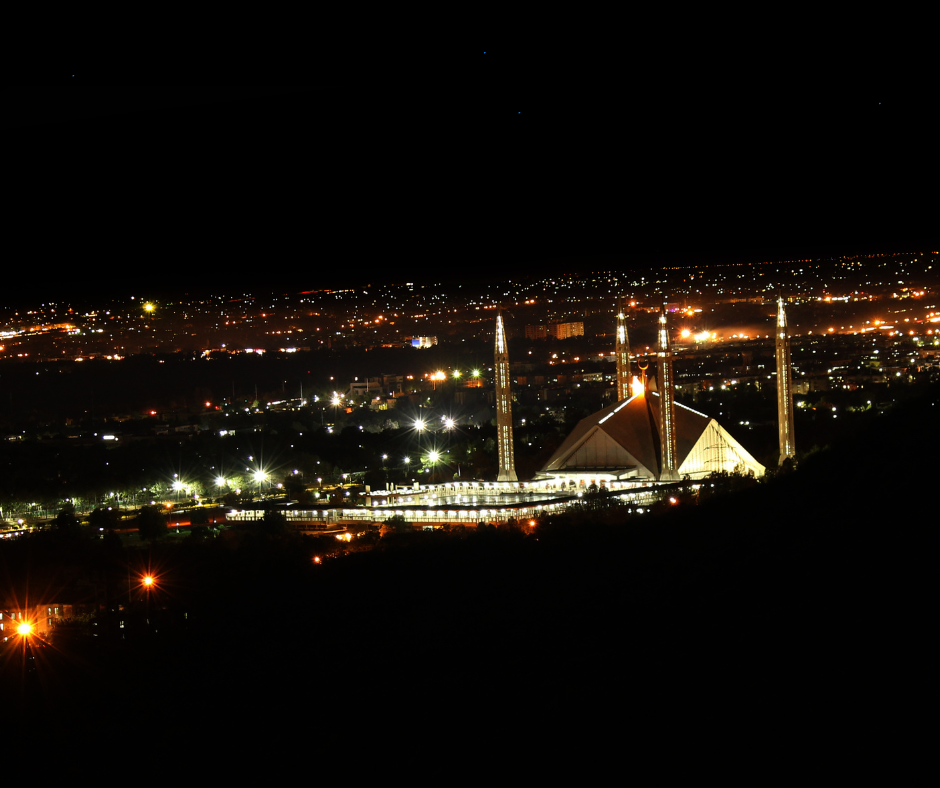
Daman-e-Koh, located in the Margalla Hills, is a popular spot for enjoying panoramic views of Islamabad. The viewpoint is surrounded by well-maintained gardens and offers glimpses of the city’s architectural wonders like the Faisal Mosque. It’s an excellent spot for photography, especially during sunset.
4. Rawal Lake: A Scenic Escape
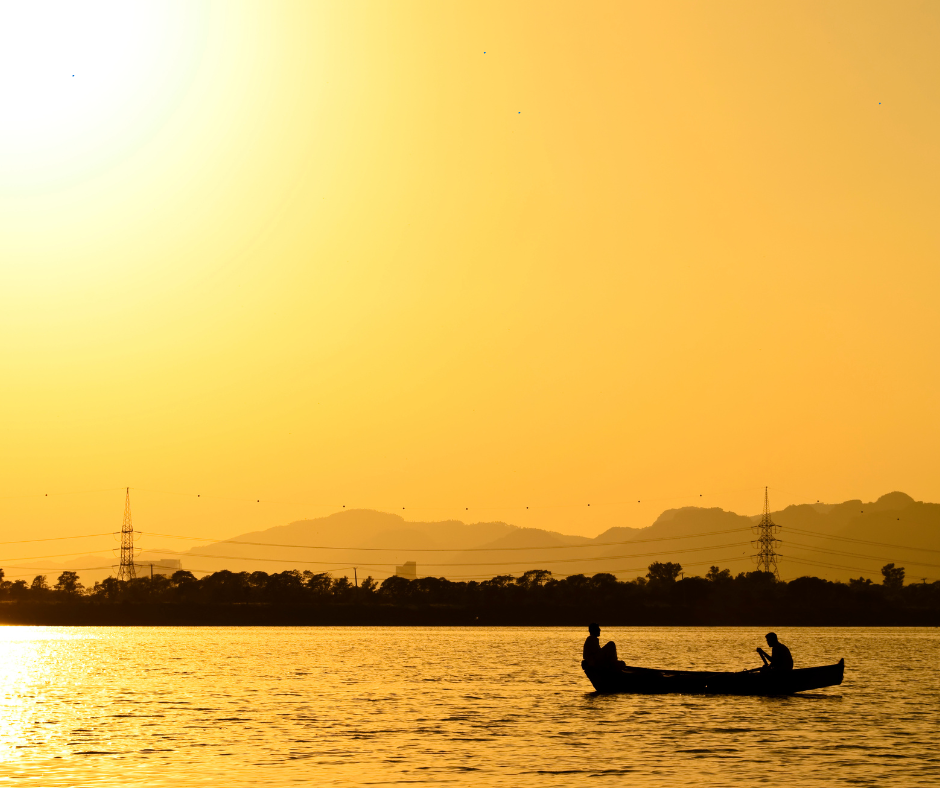
Rawal Lake is a serene reservoir offering opportunities for boating, fishing, and picnicking. Surrounded by green spaces and walking trails, it is an ideal spot for families and nature lovers. Birdwatchers can also spot a variety of species in the area.
5. Shakarparian Hills: Nature Meets History
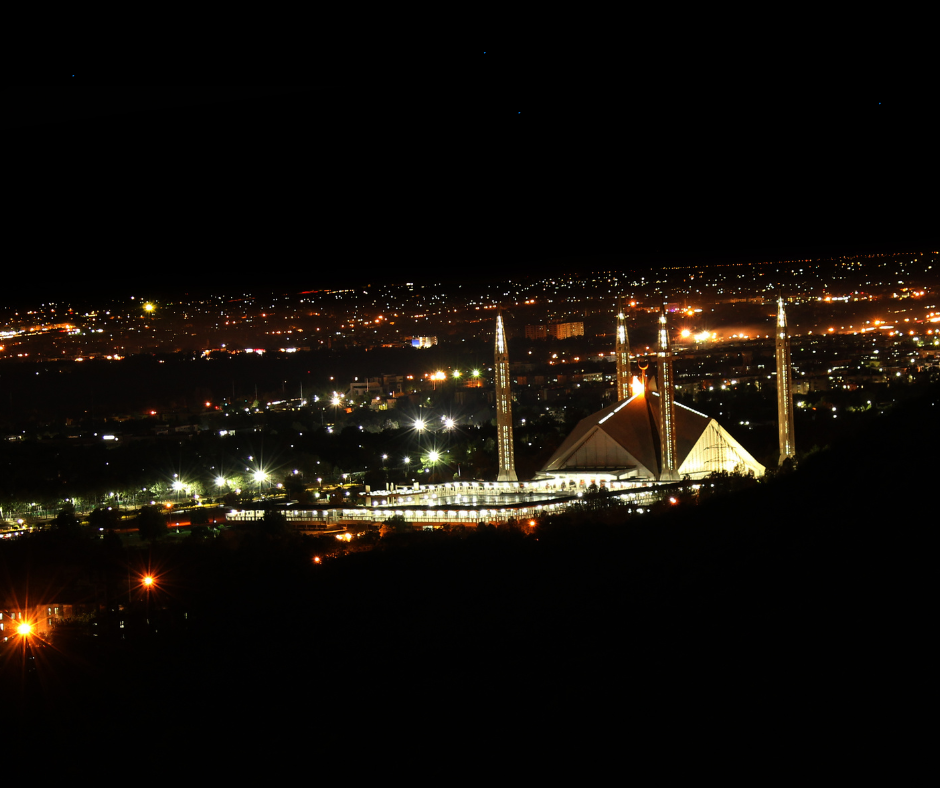
Shakarparian Hills combines natural beauty with historical significance. Besides hiking trails, the area offers attractions like the Zero Point, a symbol of Islamabad’s geographic center. The panoramic views of the city from here are unparalleled.
6. Saidpur Village: A Step Back in Time
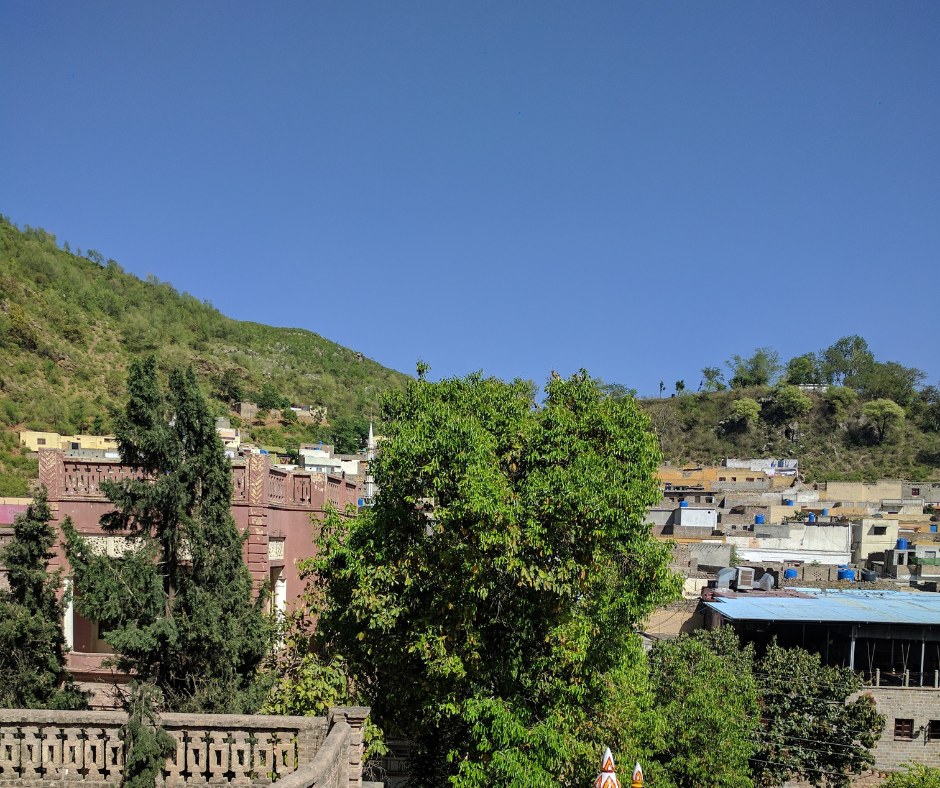
Saidpur Village is a blend of history, culture, and culinary delights. This restored Mughal-era village is a window into the past, featuring cobblestone streets, colorful markets, and traditional eateries. It’s a popular spot for tourists and locals alike.
7. Margalla Hills National Park: A Natural Paradise
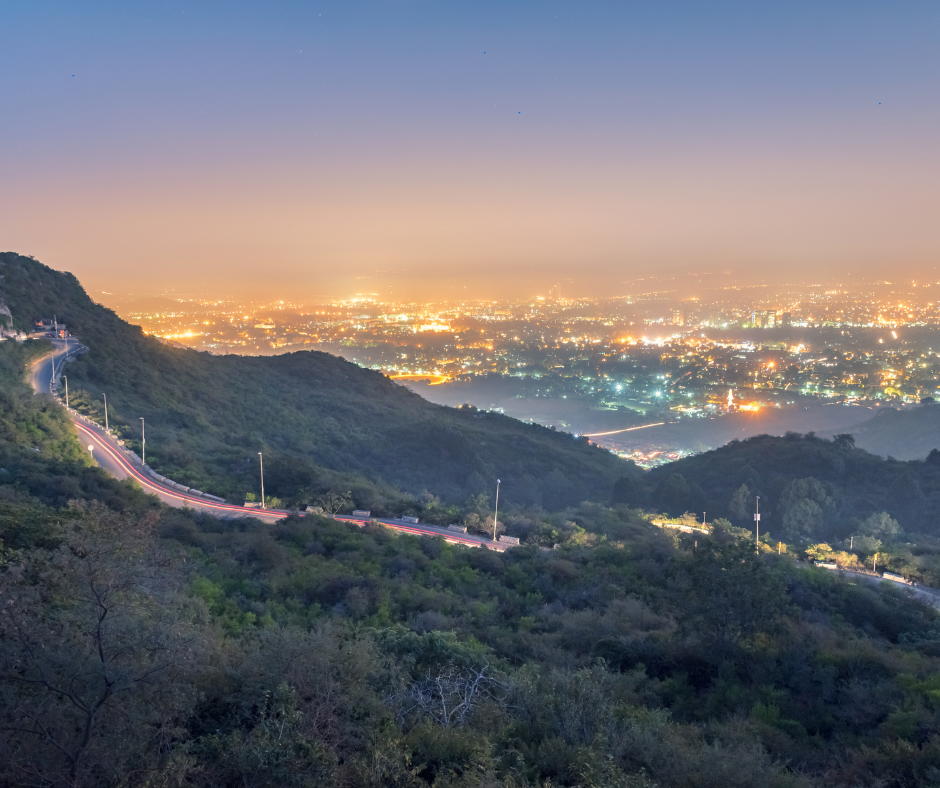
Nature enthusiasts should explore Margalla Hills National Park, a haven for hikers and wildlife lovers. The park is home to several trails of varying difficulty levels, offering stunning views and a chance to encounter indigenous flora and fauna.
Places to Eat in Islamabad
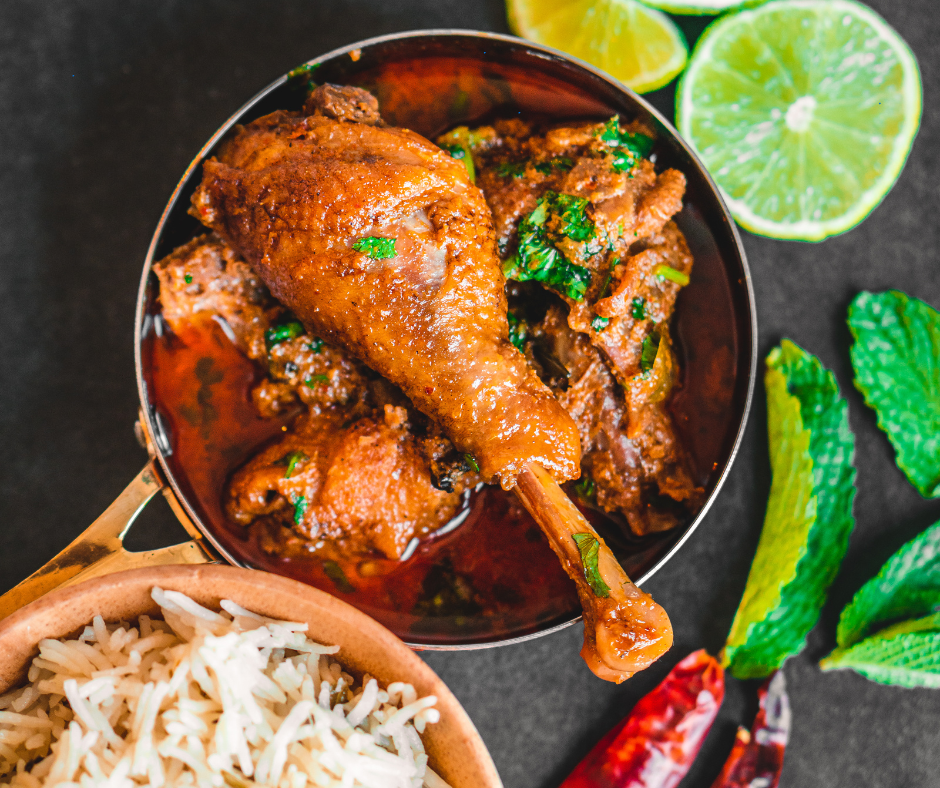
Islamabad’s food scene is as diverse as its culture, offering a mix of traditional Pakistani flavors and international cuisines.
1. Monal Restaurant: Dining with a View
Monal, perched atop Pir Sohawa, is a dining experience like no other. The restaurant offers an extensive menu featuring Pakistani, continental, and Chinese dishes, all served with breathtaking views of the city.
2. Chaaye Khana: A Tea Lover’s Haven
Chaaye Khana is a go-to spot for tea enthusiasts. Alongside its variety of teas, the café serves hearty breakfasts and light meals in a cozy ambiance.
3. Kabul Restaurant: Authentic Afghan Cuisine
For a taste of Afghanistan, Kabul Restaurant is the place to be. Their lamb kebabs, mantu, and Afghan pilaf are rich in flavor and authenticity, making it a culinary favorite.
4. Savour Foods: The Biryani King
Savour Foods is an institution in Islamabad, known for its flavorful pulao kabab. Budget-friendly and quick, it’s a popular choice for a hearty local meal.
5. Tuscany Courtyard: European Flavors
Tuscany Courtyard is a delightful spot for Italian and Mediterranean cuisine. Its elegant décor and inviting outdoor seating make it a great choice for romantic dinners or family gatherings.
6. Des Pardes: Fusion Dining
Located in Saidpur Village, Des Pardes combines traditional Pakistani dishes with modern culinary techniques. The ambiance, paired with its delicious food, makes it a must-visit.
Transportation in Islamabad
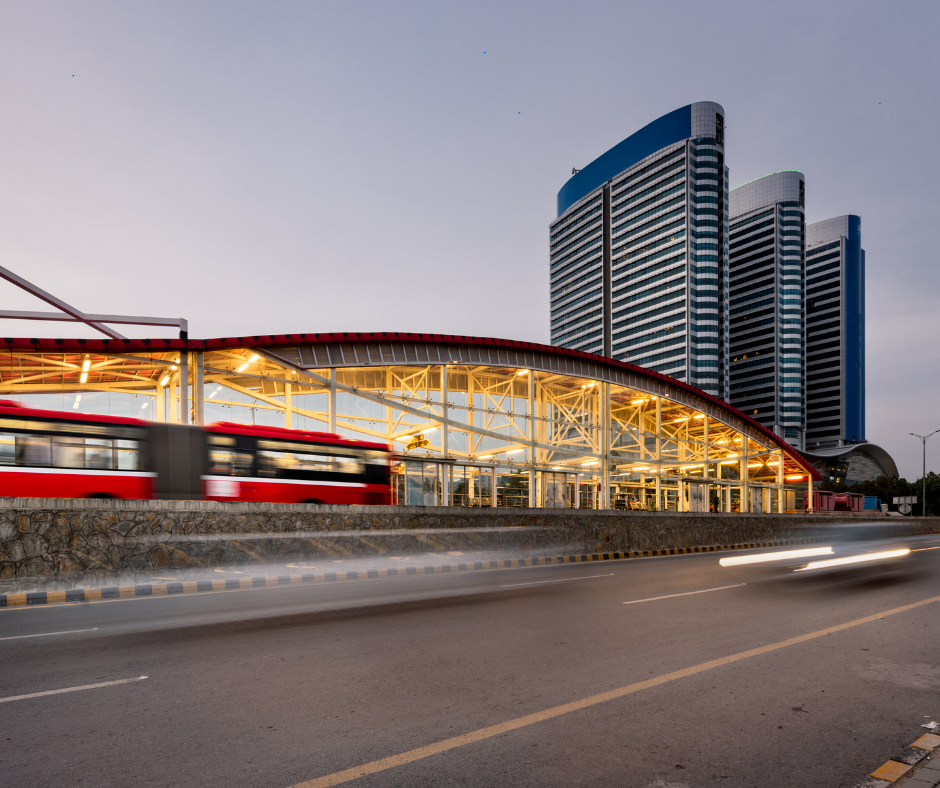
Navigating Islamabad is relatively easy, thanks to its well-planned road network and efficient public transport options.
1. Metro Bus Service
The Metro Bus Service connects key areas of Islamabad and Rawalpindi, making it a convenient and affordable option for daily commutes and sightseeing.
2. Ride-Hailing Apps
Services like Careem and Uber are the most popular transportation options in Islamabad. They offer comfort, reliability, and ease of access through their apps.
3. Taxis and Rickshaws
Traditional taxis and rickshaws are still available but are less common. Always negotiate the fare before starting your journey.
4. Car Rentals
Car rental services are ideal for exploring areas beyond the city, such as Murree or the scenic hill stations of Nathia Gali.
5. Walking and Cycling
Islamabad is pedestrian-friendly, with wide sidewalks and green belts. Areas like F-9 Park and hiking trails in the Margalla Hills are perfect for walking and cycling enthusiasts.
When to Visit Islamabad
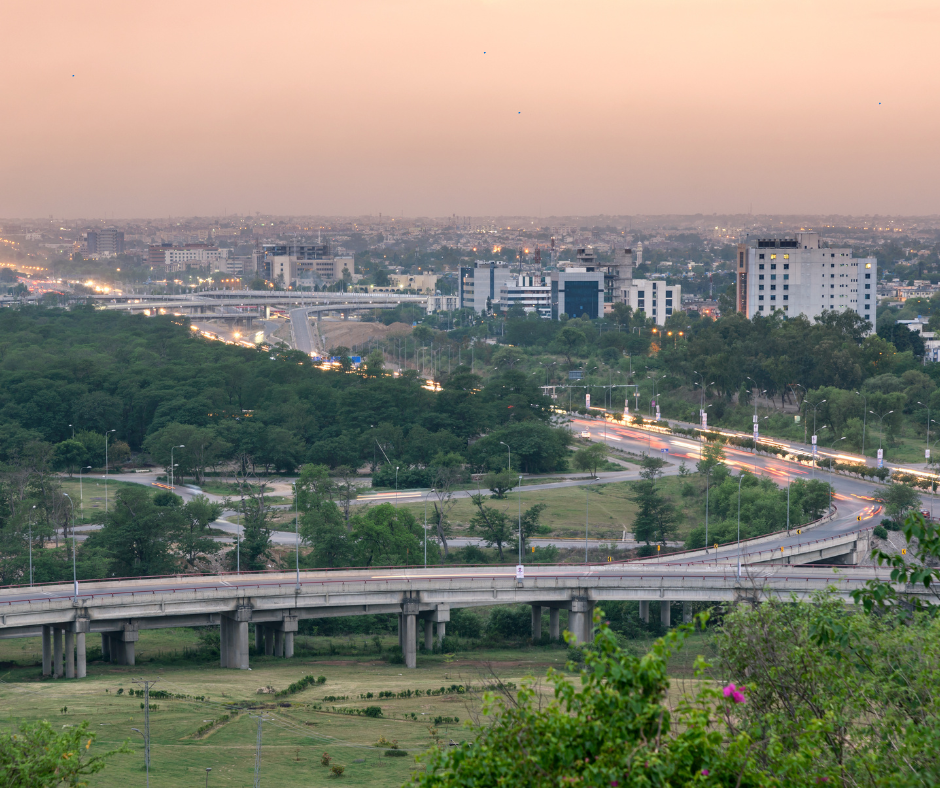
Islamabad enjoys a range of climates throughout the year, making it a year-round destination. However, some seasons are better suited for exploration.
1. Spring (March to May)
Spring is an ideal time to visit Islamabad. The weather is pleasant, with blooming flowers adding vibrancy to the city. Outdoor activities and sightseeing are particularly enjoyable during this season.
2. Autumn (September to November)
Autumn is another great season for visiting Islamabad, with mild temperatures and clear skies. The colorful foliage enhances the beauty of the city.
3. Winter (December to February)
Winters in Islamabad are cool and cozy, with temperatures averaging between 5°C and 15°C. It’s an excellent time to explore indoor attractions and enjoy local winter delicacies.
4. Summer (June to August)
Summers can be warm, but nearby hill stations like Murree and Pir Sohawa provide a refreshing escape from the heat. The monsoon season also adds a unique charm to the city.

